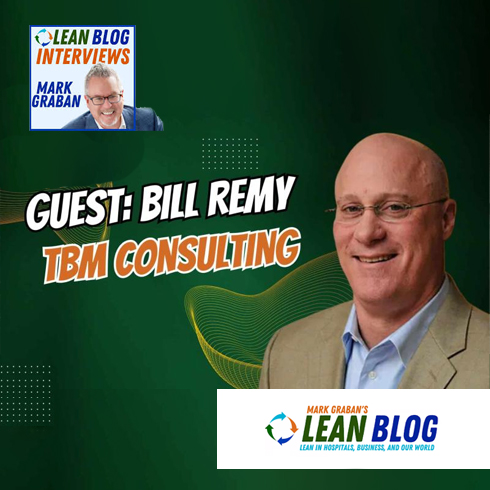We are in the age of mass customization and for many manufacturers this seismic shift continues to be a double-edged sword.
For those specifically focused on packaging, for example, where success depends on speed and precision, customization adds more complexity and can cause bottlenecks that negatively affect lead times. Conversely, the ability to make and deliver custom products today is a powerful differentiator that can help accelerate growth. Customization is here to stay and will only grow more complex, which puts the onus on companies to find the right balance between meeting evolving demands and achieving peak operational performance. Two strategies that can help are time study and line balancing.
Integrating Time Study: Five Key Considerations
The time study process has evolved since early methods involving stopwatches and motion analysis to cut down on wasted time. Modern approaches rely more on real-time data collection and analytical software to provide the key operational insights that can help make decisions and on-the-fly process adjustments.
While the tactics have been modernized, though, the objective of time study remains the same – to measure the time it takes a worker or piece of equipment to complete a task, with the goal of identifying the most efficient method of operation. These important findings and patterns help companies set more realistic production targets, inform workforce and resource planning, and help manage overall costs more efficiently.
Time study allows companies to pinpoint the most time – intensive aspects of their processes, perform systematic analyses of task performance, identify inefficiencies, and fix them – all with the goal of driving operational excellence through continual improvement and standardization.
5 Key Considerations to Implement Time Study in Packaging Industry:
- Identify the highest-value tasks. Knowing the tasks and steps that have the most impact on throughput and quality, such as sealing or labeling, is crucial for identifying bottleneck sources.
- Be thorough in your diligence. Before making any final decisions, make sure you have the full view. Examine each task under different conditions and collect data that can give you better insights and help uncover anomalies.
- Analyze and understand the data. The data collected is an asset. Engage team members across business lines to help interpret and reach consensus on what the data means for the business. This helps ensure that all perspectives are considered and minimizes problems down the road.
- Utilize new predictive technologies. We are in the era of customization, which also means ‘we have a technology for that.’ Companies that invest in and utilize the tools available to them – such as predictive analytics – to anticipate bottlenecks before they cause damage will have a leg up.
- Adopt a continuous improvement/training mindset. This isn’t a one-off exercise. The best manufacturers in the world have systematic improvement processes in place and conduct training regularly around new methodologies that can boost safety and operational efficiency. Treat this as a muscle that needs continual attention.
In our next blog “Packaging Line Balancing Seeks Out and Eliminates Waste” we talk about how line balancing can help packaging companies stay in line with demand, reduce in-process inventory, decrease cycle times, and enhance overall throughput.





